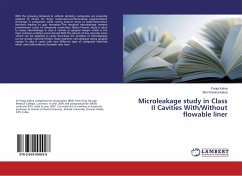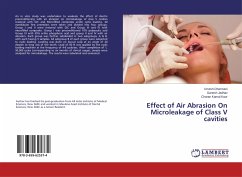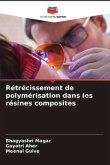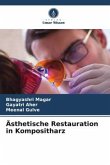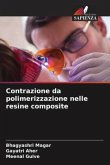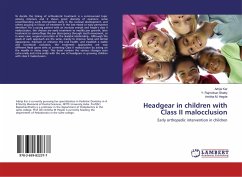With the growing demands in esthetic dentistry composites are presently material of choice for direct restorations.Unfortunately polymerization shrinkage in composites while curing induces stress at tooth/restoration interface leading to gap formation.This marginal microleakage remains predominant cause of composite restoration failure.Present study is done to assess microleakage in class II cavities at gingival margin which is the most common problem encountered.With the advent of low viscocity resins ,which can be adapted as cavity liner/base the problem of microleakage can be grossly reduced.Present study examines microleakage along gingival margin in class II cavity with two different type of composite materials when used with/without flowable resin liner.
Hinweis: Dieser Artikel kann nur an eine deutsche Lieferadresse ausgeliefert werden.
Hinweis: Dieser Artikel kann nur an eine deutsche Lieferadresse ausgeliefert werden.

